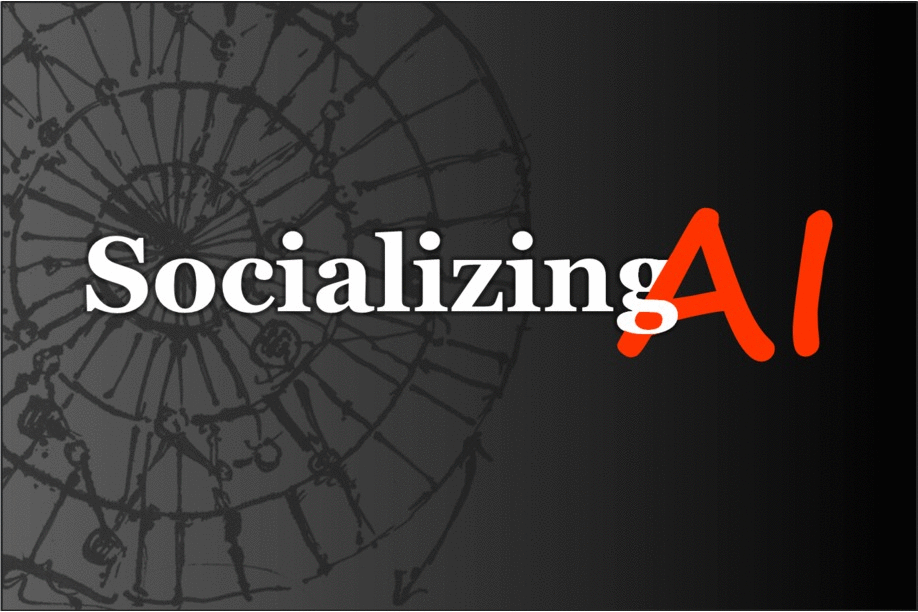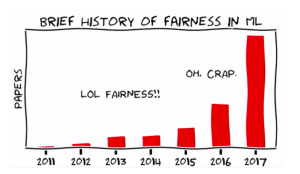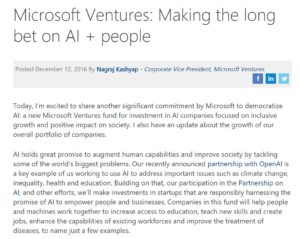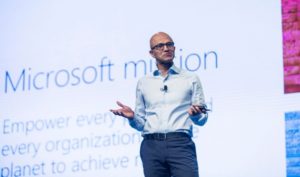Edits from a Microsoft podcast with Dr. Ece Kamar, a senior researcher in the Adaptive Systems and Interaction Group at Microsoft Research.
I’m very interested in the complementarity between machine intelligence and human intelligence and what kind of value can be generated from using both of them to make daily life better.
We try to build systems that can interact with people, that can work with people and that can be beneficial for people. Our group has a big human component, so we care about modelling the human side. And we also work on machine-learning decision-making algorithms that can make decisions appropriately for the domain they were designed for.
My main area is the intersection between humans and AI.
we are actually at an important point in the history of AI where a lot of critical AI systems are entering the real world and starting to interact with people. So, we are at this inflection point where, whatever AI does, and the way we build AI, have consequences for the society we live in.
So, let’s look for what can augment human intelligence, what can make human intelligence better.” And that’s what my research focuses on. I really look for the complementarity in intelligences, and building these experience that can, in the future, hopefully, create super-human experiences.
So, a lot of the work I do focuses on two big parts: one is how we can build AI systems that can provide value for humans in their daily tasks and making them better. But also thinking about how humans may complement AI systems.
And when we look at our AI practices, it is actually very data-dependent these days … However, data collection is not a real science. We have our insights, we have our assumptions and we do data collection that way. And that data is not always the perfect representation of the world. This creates blind spots. When our data is not the right representation of the world and it’s not representing everything we care about, then our models cannot learn about some of the important things.
“AI is developed by people, with people, for people.”
And when I talk about building AI for people, a lot of the systems we care about are human-driven. We want to be useful for human.
We are thinking about AI algorithms that can bias their decisions based on race, gender, age. They can impact society and there are a lot of areas like judicial decision-making that touches law. And also, for every vertical, we are building these systems and I think we should be working with the domain experts from these verticals. We need to talk to educators. We need to talk to doctors. We need to talk to people who understand what that domain means and all the special considerations we should be careful about.
So, I think if we can understand what this complementary means, and then build AI that can use the power of AI to complement what humans are good at and support them in things that they want to spend time on, I think that is the beautiful future I foresee from the collaboration of humans and machines.
Source: Microsoft Research Podcast













/https%3A%2F%2Fblueprint-api-production.s3.amazonaws.com%2Fuploads%2Fcard%2Fimage%2F388992%2F569934fa-43ad-4108-a757-8e73129256c9.jpg)

